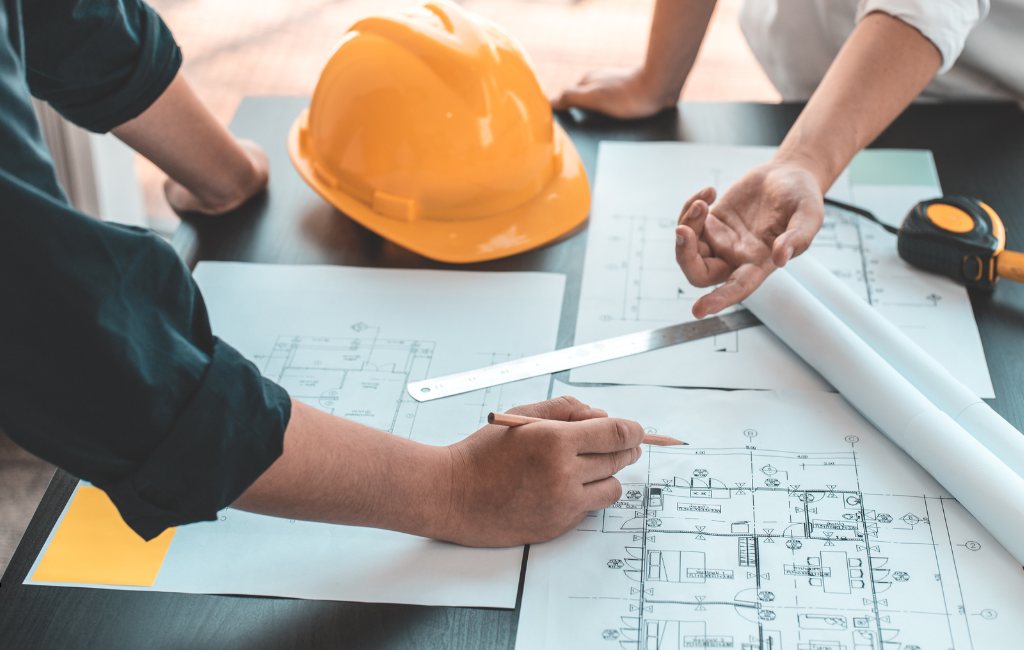Architect Strategies for Green Spaces

Architect Strategies for Green Spaces
Urban environments are increasingly recognizing the value of integrating green spaces into their design. These areas not only enhance the aesthetic appeal of cities but also contribute significantly to environmental sustainability and public well-being. This article explores various strategies architects employ to create and maintain green spaces, supported by examples and case studies.
The Importance of Green Spaces in Urban Design
Green spaces play a pivotal role in urban settings. They offer numerous benefits, including improving air quality, reducing urban heat, and providing recreational areas for residents. As cities continue to grow, the need for these spaces becomes more pressing.
- Improved air quality through the absorption of pollutants and carbon dioxide.
- Reduction of urban heat island effect by providing shade and cooling through evapotranspiration.
- Enhanced mental and physical health by offering spaces for exercise and relaxation.
- Increased biodiversity by providing habitats for various species.
Strategies for Designing Green Spaces
Architects employ a variety of strategies to incorporate green spaces into urban environments. These strategies are tailored to the specific needs and characteristics of each city.
Vertical Gardens and Green Roofs
Vertical gardens and green roofs are innovative solutions for cities with limited horizontal space. These structures not only add greenery but also improve building insulation and reduce energy consumption.
One notable example is the Bosco Verticale in Milan, Italy. This pair of residential towers is covered with over 20,000 trees and plants, significantly enhancing the local air quality and biodiversity.
Community Parks and Urban Forests
Community parks and urban forests provide accessible green spaces for residents. These areas are designed to accommodate various activities, from sports to picnics, fostering community interaction and engagement.
The High Line in New York City is a prime example of transforming an old railway line into a vibrant public park. This project has revitalized the surrounding neighborhood and attracted millions of visitors annually.
Green Corridors and Pathways
Green corridors and pathways connect different parts of a city, offering safe and scenic routes for pedestrians and cyclists. These corridors enhance mobility and encourage sustainable transportation.
The Cheonggyecheon Stream Restoration Project in Seoul, South Korea, is a successful case of converting a highway into a green corridor. This project has improved air quality, reduced traffic congestion, and increased biodiversity in the area.
Challenges in Implementing Green Spaces
Despite their benefits, creating green spaces in urban areas presents several challenges. Architects must navigate these obstacles to develop effective solutions.
- Limited space in densely populated cities.
- High costs associated with land acquisition and development.
- Maintenance and sustainability of green spaces over time.
- Balancing the needs of different stakeholders, including residents, businesses, and local governments.
Case Studies: Successful Green Space Projects
Several cities have successfully integrated green spaces into their urban design, serving as models for others to follow.
Singapore: The Garden City
Singapore is renowned for its commitment to green spaces, earning the nickname “The Garden City.” The city-state has implemented numerous initiatives, such as the Gardens by the Bay and the Park Connector Network, to enhance its urban greenery.
These projects have not only improved the quality of life for residents but also attracted tourists from around the world, boosting the local economy.
Curitiba, Brazil: A Model of Urban Planning
Curitiba is often cited as a model for sustainable urban planning. The city has prioritized green spaces, with over 50 square meters of green area per inhabitant. Its innovative solutions, such as the Green Exchange program, encourage residents to participate in maintaining these spaces.
This approach has resulted in a cleaner, more sustainable city that serves as an inspiration for urban planners globally.
Future Trends in Green Space Design
As technology advances, new trends are emerging in the design and implementation of green spaces. Architects are exploring innovative materials and methods to create more sustainable and resilient urban environments.
- Use of smart technology to monitor and manage green spaces efficiently.
- Integration of renewable energy sources, such as solar panels, into green space design.
- Development of multifunctional spaces that combine greenery with other urban functions.
- Emphasis on community involvement in the planning and maintenance of green spaces.
Conclusion
Green spaces are an integral component of urban design, offering numerous benefits to both the environment and the community. By employing innovative strategies and overcoming challenges, architects can create sustainable and vibrant urban environments. As cities continue to evolve, the role of green spaces will become increasingly significant, shaping the future of urban living.